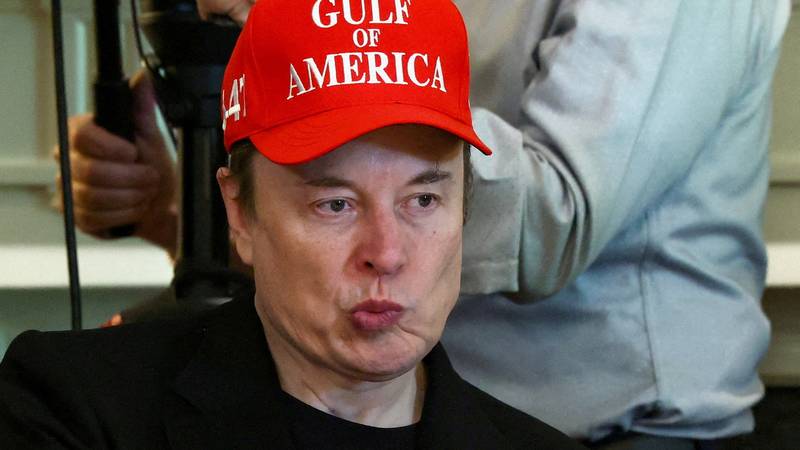Data centers should double their electricity consumption by 2030 – Liberation

Already very energy -consuming, data centers will soon explode Electricity demand. Doped by artificial intelligence, the consumption of data centers should « More than double » by 2030, a challenge for energy safety and a factor of increase in CO2 emissionsaccording to a report of the International Energy Agency (AIE) published this Thursday, April 10.
THE data centers have redoubled in appetite with the recent development of generative AIthese technologies that create texts and images requiring colossal calculation capacities to process the information accumulated in gigantic databases. In 2024, these infrastructures only represented 1.5 % of global power consumption (415 TWh), but it has already increased by 12 % per year in the last five years. And it’s not over.
« The demand for electricity of data centers worldwide should more than double by 2030 to reach around 945 terawatt hours (TWh), a little more than the total electricity consumption of Japan today »estimates the International Energy Agency. At this deadline, data centers will consume just under 3 % of global electricity. Locally, « A 100 megawatt data center can consume as much electricity as 100,000 households » annually, but tomorrow, « The largest centers under construction today will consume 20 times more »the equivalent of consumption of 2 million households.
In a 302 -page report, its first devoted to AI, the OECD Energy Agency is looking « On one of the most urgent and less well understood energy issues today ». « Artificial intelligence could transform the energy sector over the next decade, by exploding the demand for electricity of data centers worldwide, while offering considerable cost reduction possibilities, improving competitiveness and emissions’ reduction »underlines the IEA.
The data centers are unevenly distributed in the world and concentrated in some regions Inside a country, often near cities, which raises challenges in terms of supply and dimensioning of the electrical network.
This increase will be « particularly » marked in some countries, as in the United States, where « The data centers are in the process of representing almost half » From the additional electric demand, underlines the executive director of the AIE Fatih Birol. Together, the United States, Europe and China today represent around 85 % of the consumption of data centers. The first challenge is therefore to find affordable and abundant electricity.
According to the IEA, « A wide range of energy sources will be used to meet growing needs »including coal which today provides 30 % of the needs of data centers. « But renewable energies and natural gas should take the lead because of their competitiveness in terms of costs and their availability in key markets »specifies the report.
Thus, the race for data centers will inevitably lead to an increase in emissions linked to electricity consumption of 67 %, from 180 million tonnes of CO2 today to 300 million tonnes by 2035, a minimal share on the scale of global emissions estimated in 2024 (41.6 billion tonnes of CO2), tempers the AIE. « Although these emissions remain less than 1.5 % of total energy emissions during this period, data centers are among the emission sources that increase the fastest »she adds. These additional emissions could, however, be compensated, or even exceeded by potential energy emission savings and other sectors, thanks to efficiency gains and innovations induced by AI.
« The fears that AI does not accelerate climate change seem overvalued, as well as the expectations according to which alone will solve the problem »concludes the AIE. Prudent, the agency believes that « The adoption of the AI is not guaranteed and could be canceled by rebound effects and an increase in consumption of fossil fuel ». In other words, AI is « Not a miracle solution » in the energy transition and a « Proactive policy » remains necessary.








